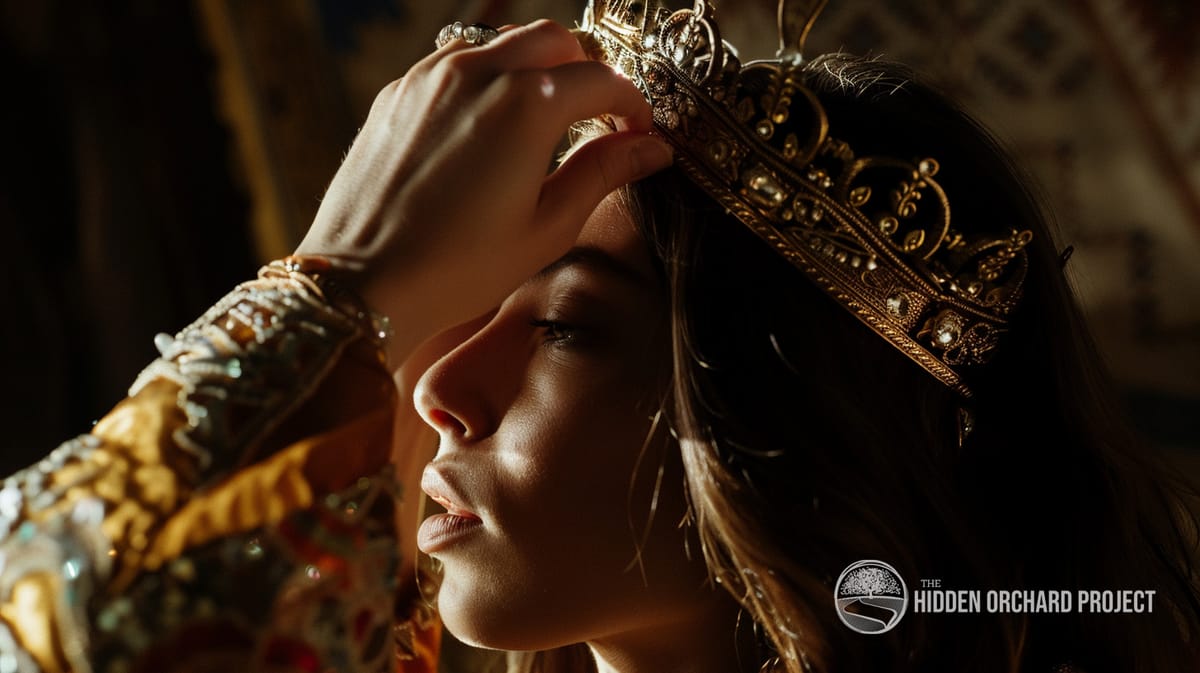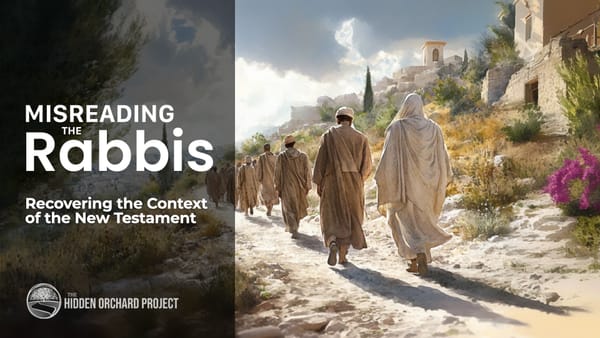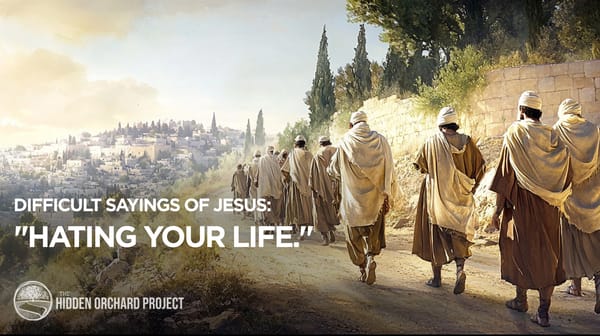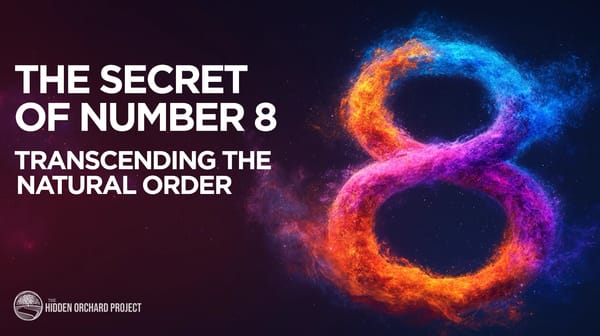The Courage of Esther: Self-Sacrifice and Divine Purpose
Let's explore the Messianic archetype of Esther; her unwavering resolve to self-sacrifice for her people; how she gained favor in the upper worlds to avert the harsh decree - And, how her story finds resonance in the Gospel narrative of Jesus's trial.

The Book of Esther contains numerous Messianic themes, such as self-sacrifice, the oppression of the Jewish people and their interactions with the nations, and a just-in-time unexpected redemption. Given the significance of this Book in the Jewish tradition, it is no surprise that many references to Esther are hinted in the Gospels.¹
Others have observed the linguistic and thematic links between Esther's approach to the King and Jesus's trial in John 18 and 19². In this article, I hope to build on these ideas by incorporating elements from the mystical work, the Zohar, to explore a deeper idea in these texts.
Esther: A Messianic Prototype
Esther is a Messianic figure. Her readiness to lay down her life for the Jewish people is one of the most compelling aspects of her character. Her selflessness, paired with the extraordinary favor she achieved—in both heavenly and earthly realms—elevates her to a kind of messianic prototype.
Fully aware of the dangers, Esther stepped into the breach between decree and death—and her triumph was epic. Not only did she save her people, she spurred a movement that ignited a wave of Gentile conversions to Judaism³. This is another significant Messianic aspect of Esther, one that foreshadows the final redemption, when the nations recognize the G_d of Israel.
According to the Vilna Gaon, though a woman, Esther conforms to the pattern of the Josephic Messiah⁴.
"Queen Esther who was from the line of Mashiach ben Yosef." - Kol HaTor 2:8
Esther Put on Malchut
In the mystical tradition, there is more going on in this story. We see a hint in the scene where Esther approaches the King. She understood the risks of unlawfully approaching the King, and that cost might be her life⁵. Nevertheless, she nullified herself and proceeded to the inner court:
On the third day, Esther put on royal apparel and stood in the inner court of the king’s palace, facing the king’s palace, while the king was sitting on his royal throne in the throne room facing the entrance of the palace.
- Esther 5:1
The Hebrew word translated here as 'royal apparel' is the word 'malchut' (מַלְכוּת). Malchut means "kingdom" and, in the kabbalistic tradition, refers to the lowest of the Sefirot.
In the Sod (mystical) interpretation of the Bible, the figures are representative of the higher-dimensional dynamics that are occurring in the spiritual world.
In this, Haman represents the forces of evil (the Sitra Achra)⁶.
To add another dimension of interest, some commentators have suggested references to the "King" could also be understood as a reference to G_D, who Himself does not manifest plainly in the book. Subsequently, when we read "King Achashverosh," we understand this as a reference to the human king in the story.

The Zohar portrays Esther as the embodiment of [the Sefirah of] Malchut. Malchut, in this sense, represents the humility and self-sacrifice that come from the nullification of self in service of the Creator's Will.




